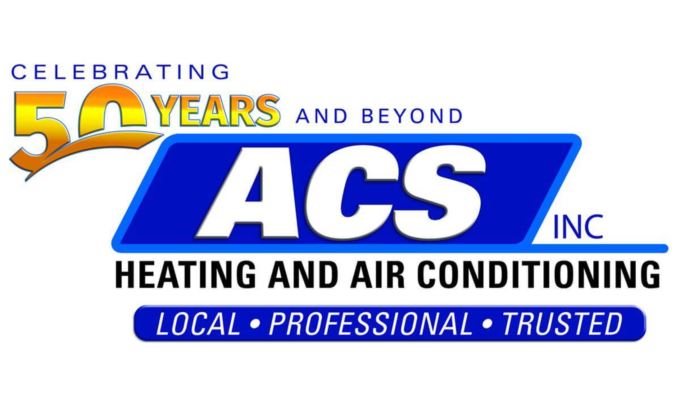
You shouldn’t be forced to sacrifice comfort or spend a lot to keep your residence at the right setting during muggy weather.
But what is the right temp, exactly? We review suggestions from energy professionals so you can select the best setting for your house.
Here’s what we recommend for the most energy-efficient setting for air conditioning in Tucker.
Recommended Thermostat Settings for Summer
Most households find placing the thermostat at 72-73 degrees is most comfortable. However, if there’s a sizeable difference between your indoor and exterior warmth, your cooling bills will be larger.
These are our recommendations based on the U.S. Department of Energy (DOE) and ENERGY STAR®.
While at home: 78 degrees. While that sounds hot, there are ways you can keep your house pleasant without having the air conditioning going all the time.
Keeping windows and blinds shut during the day keeps chilled air where it belongs—indoors. Some window solutions, like honeycomb shades or plantation shutters, are created to offer more insulation and better energy efficiency.
If you have ceiling fans in your house, the DOE says you can raise thermostat temps about 4 degrees higher without compromising comfort. That’s due to the fact they cool through a windchill effect. As they cool people, not areas, shut them off when you move from a room.
If 78 degrees still appears too uncomfortable initially, try conducting an experiment for a week or so. Start by raising your temperature to 78 degrees while you’re at your residence. Then, steadily decrease it while adhering to the suggestions above. You could be amazed at how refreshed you feel at a higher temperature setting.
While away: 88 degrees. There’s no rationale for keeping the AC on all day while your house is vacant. Switching the setting 7–10 degrees hotter can save you anywhere from 5–15% on your cooling bills, according to the DOE.
When you get home, don’t be tempted to set your thermostat below 78 to cool your house faster. This isn’t effective and typically produces a bigger cooling bill.
A programmable thermostat is a good way to keep your settings under control, but you have to set programs. If you don’t utilize programs, you risk forgetting to increase the set temperature when you go.
If you’re looking for a handy fix, think about getting a smart thermostat. This thermostat connects with your phone, so it knows when you’re at home and when you’re gone. Then it intuitively changes temperature settings for the biggest savings. How much exactly? Typically $180 each year on heating and cooling, according to ENERGY STAR.
Another perk of having a smart thermostat? You can use your phone to monitor and change temperature settings from nearly anywhere.
While sleeping: Around 70 degrees. While ENERGY STAR recommends 82 degrees, that may be too uncomfortable for most families. Many people sleep better when their sleeping area is cold, so that’s why the National Sleep Foundation suggests 60–67 degrees. But that could be too cool, based on your PJ and blanket preference.
We suggest following a comparable test over a week, setting your temp higher and progressively lowering it to determine the right temp for your family. On cool nights, you could discover keeping windows open at night and running a ceiling fan is a superior option than operating the air conditioning.
More Ways to Use Less Energy During Warm Weather
There are extra ways you can save money on energy bills throughout hot weather.
- Buy an energy-efficient AC system. Central air conditioners only are effective for about 12–15 years and become less efficient as they get older. An updated air conditioner can keep your house more comfortable while keeping electrical expenses down.
- Book yearly air conditioner service. Annual air conditioner maintenance keeps your system working smoothly and could help it operate at greater efficiency. It could also help extend its life cycle, since it allows professionals to spot small problems before they lead to a major meltdown.
- Put in new air filters frequently. Read manufacturer instructions for replacing your air filter. A clogged filter can cause your system to short cycle, or turn on and off too much, and raise your cooling.
- Check attic insulation levels. Nearly 90% of houses in the USA don’t have proper insulation, according to the Insulation Institute. Most southern climates should have 13–14” of attic insulation, while northern climates require 16–18”.
- Have your ductwork examined. Ductwork that has separated over time can seep cool air into your attic, walls or crawl space. This can lead to big comfort troubles in your house, such as hot and cold spots.
- Seal openings, doors and windows. Keep muggy air where it belongs by sealing openings. You can also caulk or weather strip doors to seal more cold air within your home.
Conserve More Energy During Warm Weather with ACS Heating and Air Conditioning
If you need to use less energy during hot weather, our ACS Heating and Air Conditioning pros can help. Get in touch with us at 770-824-3170 or contact us online for extra info about our energy-saving cooling solutions.

